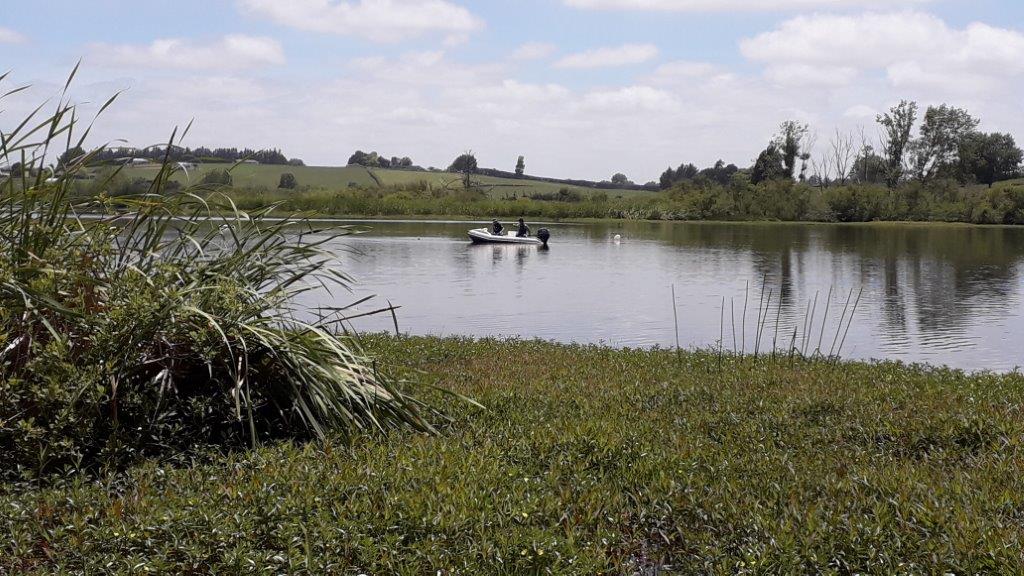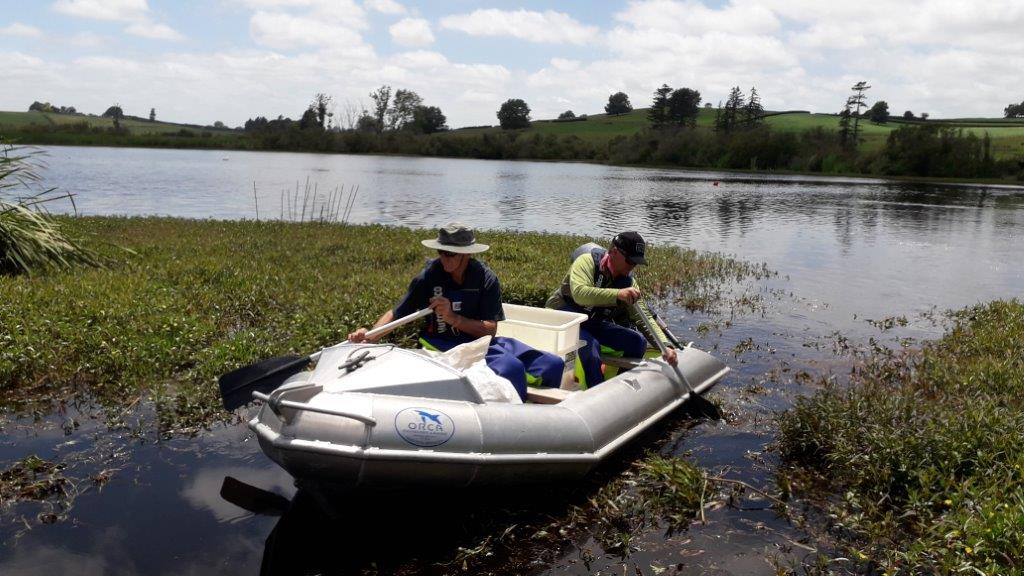
Macrophyte Reintroduction Trial
What was the project about?
Aquatic macrophytes are plants that grow in or near water. Macrophytes are important in lake systems because they absorb nutrients, bind sediments, provide habitat and food for aquatic biodiversity, buffer the effects of wave action and contribute to oxygen cycling in the water.
Many shallow lakes in New Zealand have changed from having clear water dominated by native macrophytes to turbid water dominated by algae. This degradation of water quality and loss of macrophytes can be due to changes in land use resulting in increased nutrients entering the lake; plant pest or animal introductions; and water takes reducing lake levels.
Living Water wanted to trial translocating macrophytes to enable their re-establishment in Lake Ruatuna with the long-term aim of returning the lake to clear water.
How was the project undertaken?
The project began by gathering data. Information on water temperature, dissolved oxygen, chlorophyll concentrations, turbidity and light penetration were collected at the surface and bed of Lake Ruatuna from September 2018 to April 2019. The data revealed that light conditions are not suitable for macrophyte reintroduction at Lake Ruatuna because of the heavily peat stained water, which prevents almost all light penetration to the lake bed and would prevent the plants from successfully establishing. Given these findings, Living Water decided not to pursue the macrophyte reintroduction project at Lake Ruatuna.
What was learnt from the project?
It is critically important to research all the conditions of a catchment, waterway or lake prior to beginning a trial, to determine whether there are factors that could assist or prevent the success of the trial. While the research at Lake Ruatuna confirmed that macrophyte reintroduction was unlikely to be successful, it has enabled Living Water to concentrate resources on other trials and interventions to improve water quality, such as mammalian and aquatic pest control and planting along the lake edge.
Where is more information available?
NIWA website - submerged macrophytes
Ministry for the Environment website information about lakes and macrophytes
